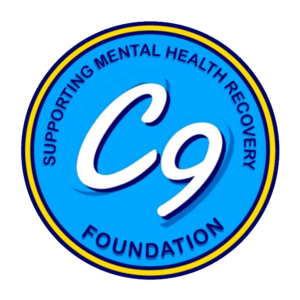Dealing with Seasonal Affective Disorder
Seasonal Affective Disorder (SAD) is a type of depression that occurs in a seasonal pattern, most commonly during the autumn and winter months. The lack of natural sunlight can disrupt our internal body clocks and affect our mood, sleep, and overall well-being. In this blog post, we will explore effective strategies to cope with SAD.
1. Light Therapy:
One of the most popular and effective treatments for SAD is light therapy. Light therapy involves using a specialised lightbox that emits bright, full-spectrum light to mimic natural sunlight. Sitting in front of this lightbox for a specific amount of time each day can help regulate your mood and improve your energy levels.
2. Get Outdoors:
Despite the colder weather, try to spend time outdoors during daylight hours. Exposure to natural light, even on overcast days, can help alleviate the symptoms of SAD. Take a walk, go for a hike, or simply sit by a window to soak in the available sunlight.
3. Regular Exercise:
Physical activity is a natural mood booster. Establish a regular exercise routine, whether it's at the gym, in your home, or through outdoor activities like winter sports. Exercise releases endorphins, which can combat the symptoms of SAD.
4. Maintain a Healthy Diet:
Diet plays a crucial role in managing your mood. Consume a balanced diet rich in fruits, vegetables, and lean proteins. Omega-3 fatty acids, found in fish, flaxseeds, and walnuts, may also help reduce symptoms of depression.
5. Establish a Routine:
Maintaining a consistent daily routine can provide structure and stability, which is especially important for individuals with SAD. Going to bed and waking up at the same time every day can help regulate your body's internal clock.
6. Socialise:
Isolation can worsen the symptoms of SAD. Make an effort to stay connected with friends and loved ones, even when you may not feel like it. Social interactions and support networks are essential for mental well-being.
7. Seek Professional Help:
If your symptoms persist or worsen, don't hesitate to seek professional help. A therapist or psychiatrist can provide therapies, such as cognitive behavioral therapy (CBT) or prescribe medication, to manage SAD effectively.
8. Mindfulness and Relaxation Techniques:
Practicing mindfulness, meditation, and relaxation exercises can help reduce stress and improve your overall mental health. These techniques can be powerful tools to combat the symptoms of SAD.
9. Plan Enjoyable Activities:
Engage in activities you enjoy to boost your mood and create positive experiences during the winter months. This can include hobbies, creative pursuits, or simply spending time with loved ones.
10. Consider Light-Enhancing Home Improvements:
Make your living space more SAD-friendly by using brighter light bulbs, opening curtains, and decorating with light colors. These small changes can help create a brighter and more uplifting environment.
Seasonal Affective Disorder is a real and challenging condition, but there are numerous strategies and resources available to help you manage it effectively. By incorporating light therapy, maintaining a healthy lifestyle, and seeking professional guidance when needed, you can brighten up your life and make the winter months more manageable. Remember, you're not alone in this journey, and there is hope for a sunnier outlook even during the darkest days of winter.

